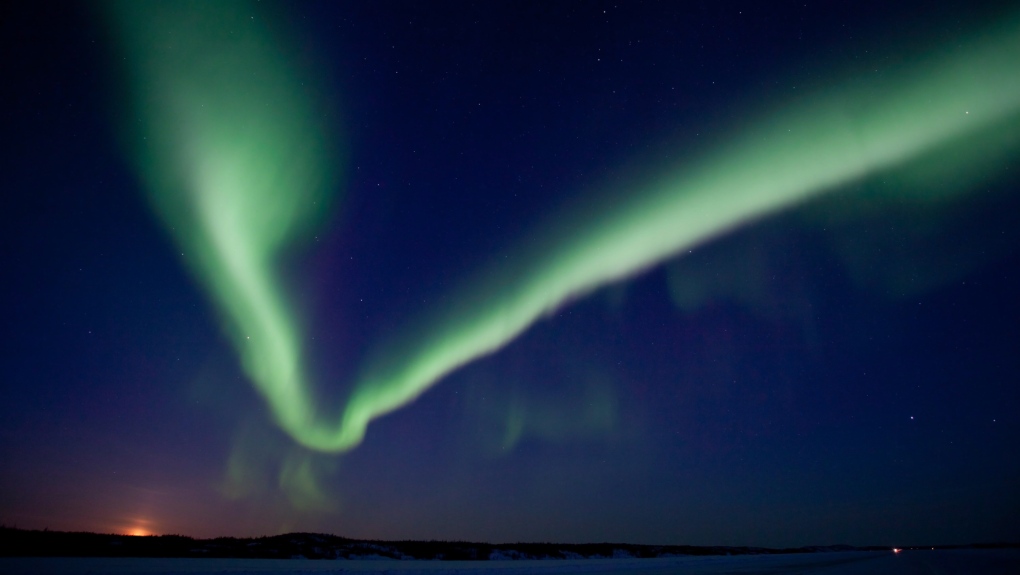
Space and weather agencies are monitoring heightened aurora borealis activity for much of Canada following a rare solar eruption.
A powerful blast of solar plasma, also known as coronal mass ejection (CME), was spotted on Sunday by NASA, and while the explosion occurred on the side of the sun opposite to Earth, the speed in which it erupted travelled at a rare and extremely fast rate of 2,127 kilometres per second, according to NASA.
NASA and the European Space Agency’s Solar and Heliospheric Observatory spotted the “halo CME” as the explosion appeared from their observation in a ring-like form spreading around the sun.
Since Monday, the U.S.’s National Oceanic and Atmospheric Administration has sent an alert of a G1 minor geomagnetic storm. This storm occurs when an energy blast from solar wind disrupts the Earth`s magnetosphere, triggering the bright flashes of the northern lights. A G1 storm mainly affects regions further north, however, early morning on Wednesday, G2 levels were briefly reached, increasing the chances of the aurora moving further down south.
For the next 24 hours, Space Weather Canada is showing active and stormy intervals of the geomagnetic storm for the polar and aural regions of Canada, which include the territories, most of northern Quebec, and parts of northern British Columbia, Alberta, Saskatchewan, Manitoba, Ontario and Newfoundland. The rest of the southern regions of Canada are also showing some unsettled activity.
Since yesterday, Canadians up north have been capturing the spectacle as shades of green lit up the night sky.
Weather permitting, any interested sky watchers are recommended to find a spot far from light pollution and check for storm updates for when the light activity is expected to peak.
